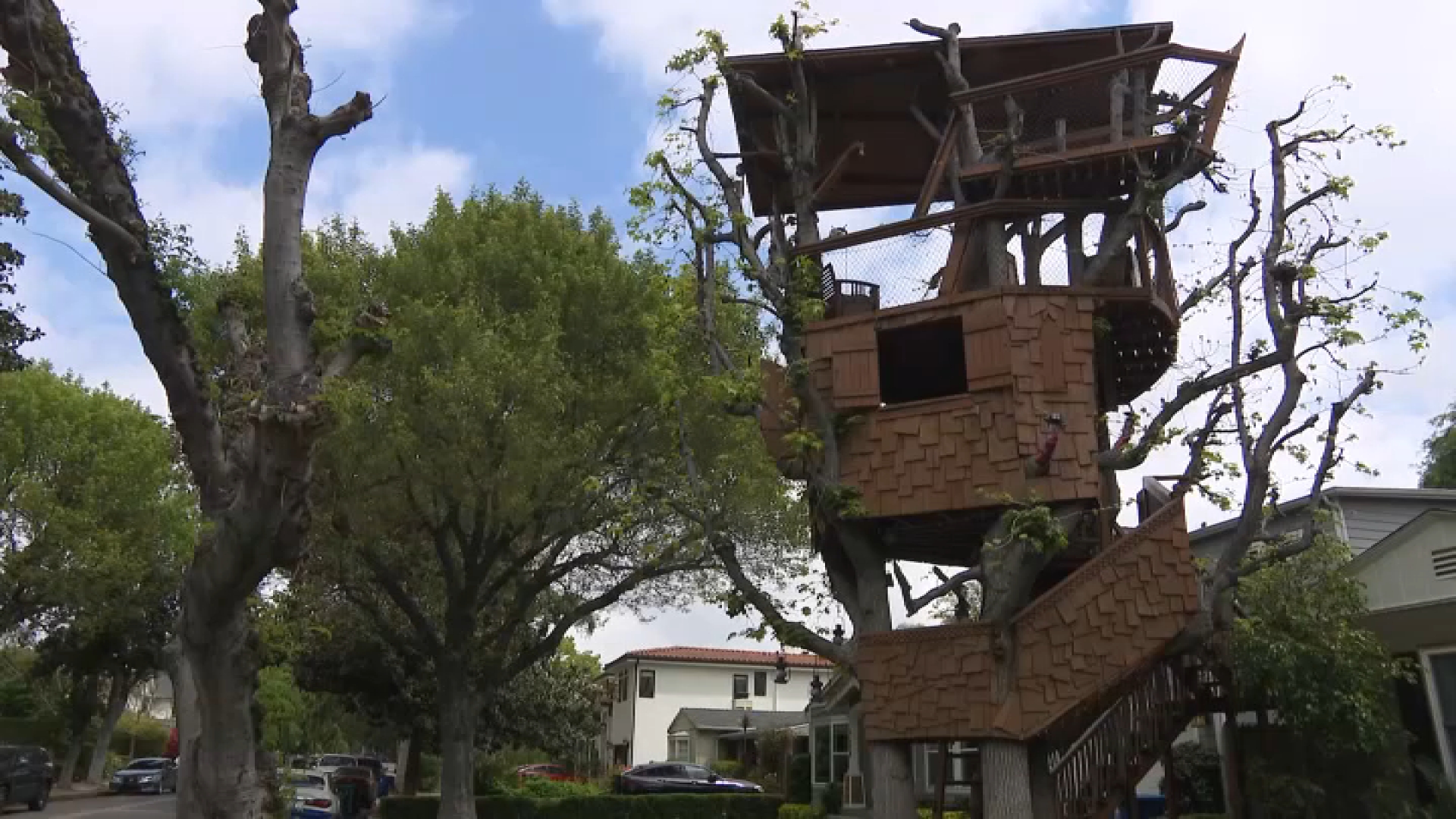A tsunami advisory was in effect Saturday for Southern California and other parts of the Pacific coast following a powerful undersea volcano eruption near the Pacific nation of Tonga.
Some parts of the West Coast were no longer experiencing Tsunami Advisory-level waves were removed from the tsunami advisory as of 5:58 p.m. on Saturday.
Strong waves are expected in SoCal, posing a danger for swimmers. The advisory, a step below the more dangerous tsunami warning, means dangerous waves are on the way.
Get Southern California news, weather forecasts and entertainment stories to your inbox. Sign up for NBC LA newsletters.
“If you plan to go to beach today, I don’t recommend you do that,” said NBCLA forecaster Shanna Mendiola. “The currents are going to be strong.”
Mendiola added that the advisory is in place until the "all clear" is given by the National Tsunami Warning Center.
Waves were expected to arrive in Newport Beach between 7:30 and 8:30 a.m. Newport Beach piers and beaches will be closed until further notice, the Newport Beach Police Department said.
The Seal Beach Police Department said that the city's beaches are closed due to a the advisory. Tsunami waves were expected to arrive there around 7:50 a.m.
Santa Monica seismologist Dr. Lucy Jones said on Twitter that the tsunami advisory means waves between one and three feet, and should only cause issues in SoCal for those on the beach and therefore less than three feet above sea level.
However, the effects of the eruption could last for several hours, she cautioned.
"Tsunamis are not one wave," she said. "It's more like sloshing and that sloshing can continue for a day. Just because the first wave has passed, it is not time to go see the beach."
Local
Get Los Angeles's latest local news on crime, entertainment, weather, schools, COVID, cost of living and more. Here's your go-to source for today's LA news.
In Hawaii, Alaska and along the U.S. Pacific coast, residents were asked to move away from the coastline to higher ground and pay attention to specific instructions from their local emergency management officials, said Dave Snider, tsunami warning coordinator for the National Tsunami Warning Center in Palmer, Alaska.
“We don’t issue an advisory for this length of coastline as we’ve done — I’m not sure when the last time was — but it really isn’t an everyday experience,” he said. “I hope that elevates the importance and severity for our citizens.”
He said the waves already slamming ashore in Hawaii were just under the criteria for a more serious tsunami warning, with measurements at 80 centimeters (2.7 feet) in Hanalei and Maui. Waves of about 91 centimeters (3 feet) or above would trigger a warning. Snider said they’re currently expecting waves of 30 centimeters (1 foot) to 61 centimeters (2 feet) along the Pacific coast.
Snider said residents in these areas should expect waves and strong and unusual currents for many hours and there could be some low areas that are inundated, such as marinas and harbors.
“The important thing here is the first wave may not be the largest. We could see this play out for several hours,” he added. “It looks like everything will stay below the warning level but it’s difficult to predict because this is a volcanic eruption and we’re set up to measure earthquake or seismic-driven sea waves.”
On Tonga, there were no immediate reports of injuries or the extent of damage as communications with the small island nation remained cut off hours after the eruption. Video posted to social media showed large waves washing ashore in coastal areas, swirling around homes and buildings.
In Hawaii, the Pacific Tsunami Warning Center reported waves slamming ashore from half a meter (a foot) in Nawiliwili, Kauai, to 80 centimeters (2.7 feet) in Hanalei. “We are relieved that there is no reported damage and only minor flooding throughout the islands,” the center said, describing the situation in Hawaii.
New Zealand's military said it was monitoring the situation and remained on standby, ready to assist if asked.
Satellite images showed a huge eruption, a plume of ash, steam and gas rising like a mushroom above the blue Pacific waters.
The Tonga Meteorological Services said a tsunami warning was declared for all of the archipelago, and data from the Pacific tsunami center showed waves of 80 centimeters (2.7 feet) had been detected.
Residents of American Samoa were alerted of the tsunami warning by local broadcasters as well as church bells that rang territory-wide. An outdoor siren warning system was out of service. Those living along the shoreline quickly moved to higher ground.
As night fell, there were no reports of any damage and the Hawaii-based tsunami center canceled the alert.
Authorities in the nearby island nations of Fiji and Samoa also issued warnings, telling people to avoid the shoreline due to strong currents and dangerous waves. The Japan Meteorological Agency said there may be a slight swelling of the water along the Japanese coasts, but it was not expected to cause any damage.
The Islands Business news site reported that a convoy of police and military troops evacuated Tonga's King Tupou VI from his palace near the shore. He was among the many residents who headed for higher ground.
The explosion of the Hunga Tonga Hunga Ha’apai volcano was the latest in a series of spectacular eruptions.
A Twitter user identified as Dr. Faka’iloatonga Taumoefolau posted video showing waves crashing ashore.
“Can literally hear the volcano eruption, sounds pretty violent,” he wrote, adding in a later post: “Raining ash and tiny pebbles, darkness blanketing the sky.”
Earlier, the Matangi Tonga news site reported that scientists observed massive explosions, thunder and lightning near the volcano after it started erupting early Friday. Satellite images showed a 5-kilometer (3 mile) -wide plume rising into the air to about 20 kilometers (12 miles).
More than 2,300 kilometers (1,400 miles) away in New Zealand, officials were warning of storm surges from the eruption.
The National Emergency Management Agency said some parts of New Zealand could expect “strong and unusual currents and unpredictable surges at the shore following a large volcanic eruption.”
The volcano is located about 64 kilometers (40 miles) north of the capital, Nuku’alofa. Back in late 2014 and early 2015, a series of eruptions in the area created a small new island and disrupted international air travel to the Pacific archipelago for several days.
Tonga is home to about 105,000 people.



